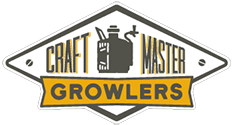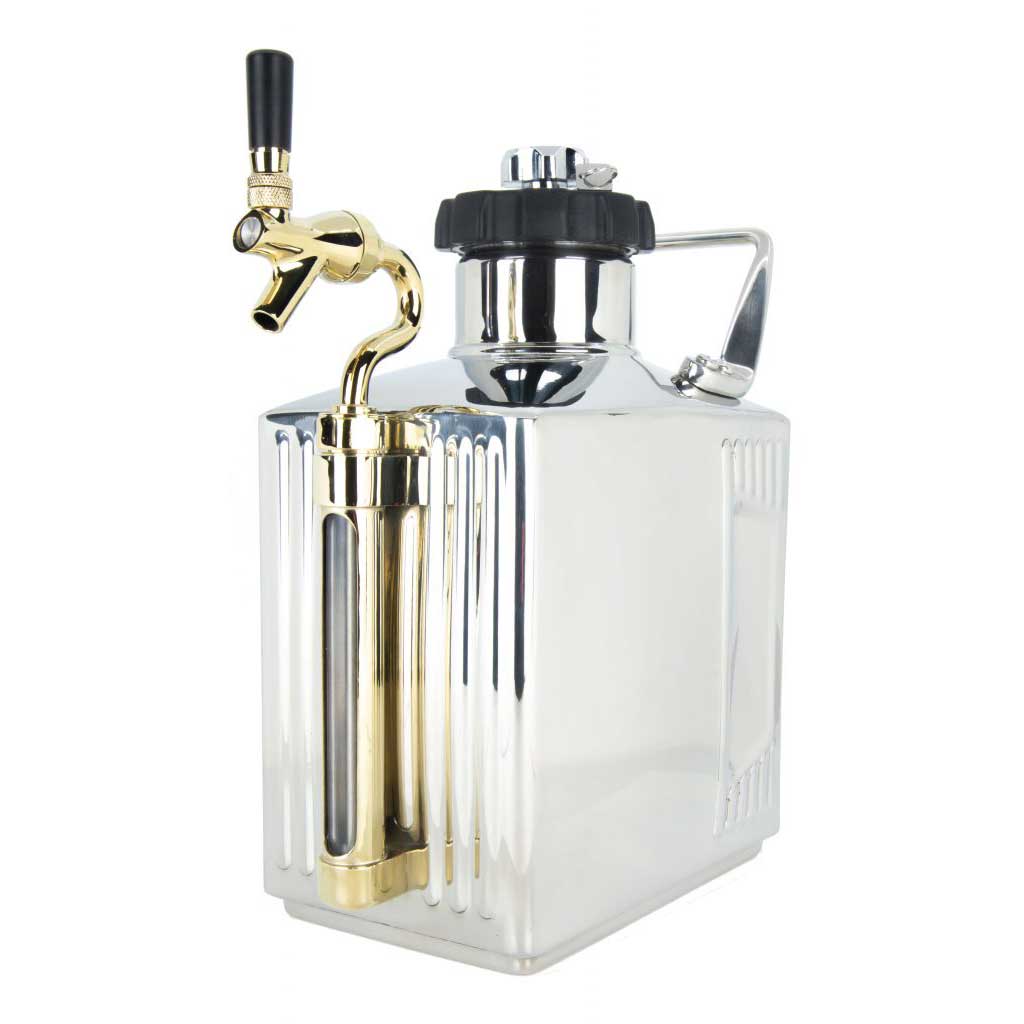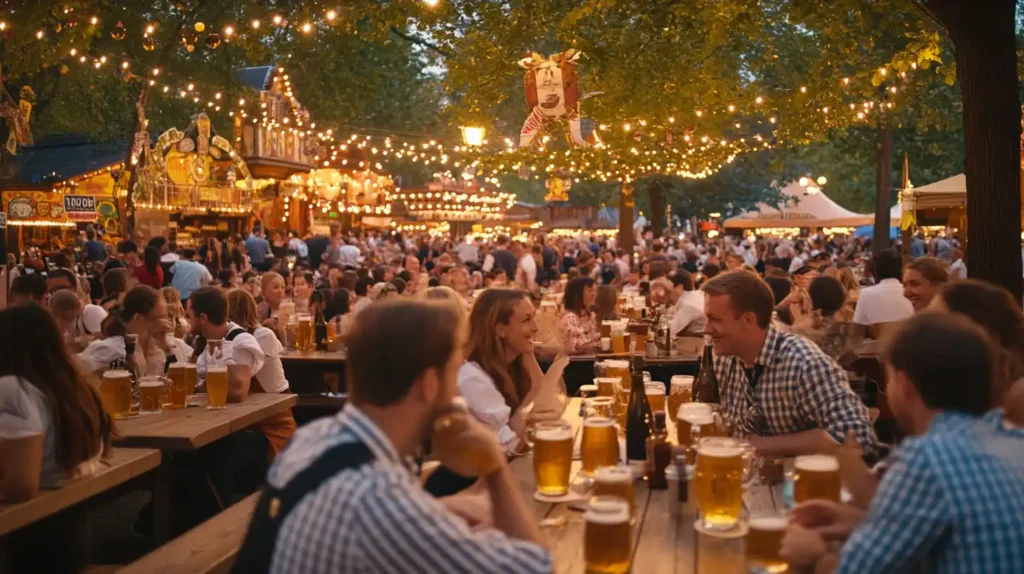
What is Oktoberfest and Why is it Celebrated?
Oktoberfest is the world’s largest beer festival, held annually in Munich, Germany, and celebrated by millions globally. The origins of the festival date back to October 12, 1810, when Crown Prince Ludwig of Bavaria (later King Ludwig I) married Princess Therese of Saxony-Hildburghausen. To honor the royal couple, the citizens of Munich were invited to a grand public celebration on the fields in front of the city gates. These fields, later named Theresienwiese (Therese’s Meadow) in the princess’s honor, became the site of an annual event that has grown into today’s Oktoberfest.
Initially, the festival focused on horse races and celebrations of Bavarian agriculture. As the event continued each year, it became a broader celebration of Bavarian culture, including traditional music, folk dances, and local foods. While beer is now a central aspect of Oktoberfest, the festival also emphasizes Bavarian heritage, making it a cultural event that transcends drinking.
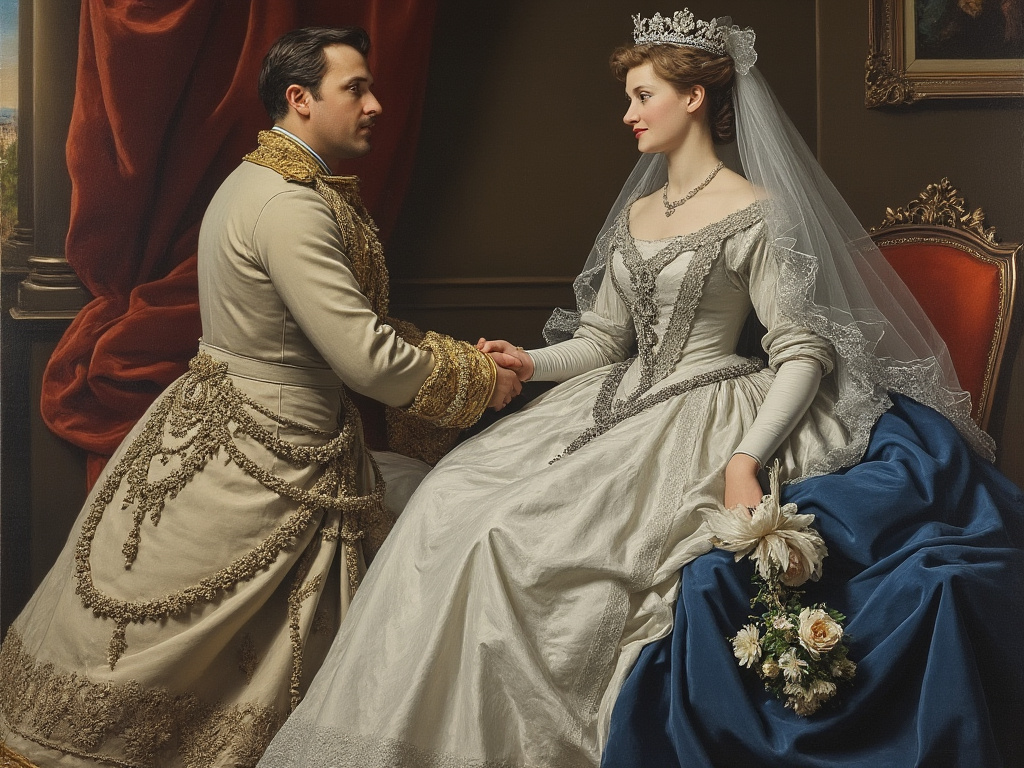
For those unable to attend in Munich, Oktoberfest can still be celebrated at home by using traditional elements like Oktoberfest mugs or the iconic Beer Boot, bringing the spirit of the festival to your own celebrations.
The Evolution of Oktoberfest
Oktoberfest has transformed significantly since its inception. While the original 1810 celebration was focused on horse races and agricultural displays, it wasn’t until the late 19th century that beer became a major part of the festival. By this time, Munich’s local breweries began setting up large beer tents and serving their traditional Bavarian brews, shifting the focus from agriculture to beer.
The late 19th and early 20th centuries saw the introduction of key traditions that are still part of Oktoberfest today. The ceremonial keg tapping, known as “O’zapft is!,” marks the official opening of the festival each year. Grand processions of breweries, parades featuring traditional Bavarian costumes, and lively celebrations in the beer tents have all become central aspects of the event.
While Oktoberfest is now a massive international event, it has remained true to its Bavarian roots. Many of the traditions established over a century ago still remain, and Munich breweries continue to brew special beers specifically for the festival. This careful balance of tradition and global appeal has allowed Oktoberfest to grow into a cultural phenomenon that continues to attract visitors from all over the world.
Is Oktoberfest Just About Drinking?

While beer is certainly at the heart of Oktoberfest, the festival offers so much more than just drinking. It is a multi-faceted cultural event, filled with lively parades, traditional Bavarian music, folk dances, and delicious German cuisine. The festival opens with a ceremonial keg tapping—“O’zapft is!”—when the mayor of Munich taps the first keg and declares the festival officially open. This marks the beginning of the 16-day celebration filled with entertainment, camaraderie, and tradition.
Many family-friendly activities are held throughout the festival, such as the Costume and Riflemen’s Parade and the Agricultural Fair, which celebrates Bavarian farming traditions. For children, there are carnival rides, games, and activities, making Oktoberfest an inclusive celebration for all ages.
Traditional foods play a significant role in Oktoberfest, with dishes such as bratwurst, pretzels, and roasted chicken complementing the beers served at the festival. The food brings a taste of Bavarian culture and pairs perfectly with the iconic beers brewed specially for the event.
In short, Oktoberfest is as much about culture and community as it is about beer. Whether enjoying the music, food, or atmosphere, the festival offers a rich, multi-sensory experience that extends far beyond drinking.
The Music of Oktoberfest: Current and Historical
Music has always been a central part of Oktoberfest, providing a lively soundtrack to the festival’s celebrations. Historically, the festival featured traditional Bavarian folk music, performed by local brass bands known as Blasmusik ensembles. These bands would play regional tunes, marches, and polkas, creating a festive and communal atmosphere for attendees.
Historical Music Traditions
In its early years, Oktoberfest music consisted mainly of folk songs, marches, and waltzes. Brass bands, featuring instruments like tubas, trumpets, trombones, and clarinets, would perform these pieces in the beer tents and on outdoor stages. The goal was to foster a sense of unity and celebration, as the entire festival revolved around community gatherings.
Traditional songs like “Ein Prosit der Gemütlichkeit” became staples of the festival, with the crowd joining in the chorus to toast to good cheer, friendship, and happiness. Many of these songs have remained part of the Oktoberfest tradition, and some are performed at every iteration of the festival.
Modern Music at Oktoberfest
While traditional Bavarian music is still played at Oktoberfest, the modern festival has expanded to include a wide variety of genres, catering to the diverse crowd that attends each year. In addition to Blasmusik and folk songs, Oktoberfest tents now feature rock, pop, and even modern dance music.
Popular hits like “Sweet Caroline” and “Country Roads” have become crowd favorites, creating a blend of old-world tradition and contemporary celebration. This mix of genres keeps the energy high and allows attendees from all over the world to feel connected through the universal language of music.
The Role of Music in the Beer Tents
Music plays a critical role in shaping the experience within the beer tents. Each tent at Oktoberfest has its own unique vibe, largely influenced by the style of music played. Some tents focus on traditional folk and brass music, while others lean toward modern rock and pop, creating a more upbeat, party atmosphere.
The communal nature of Oktoberfest is reinforced through music, as attendees raise their glasses and sing along to songs they know and love, regardless of their native language. The famous Schlager music, which is a style of catchy pop music from Germany, also features prominently, encouraging everyone to sing along and dance.
Oktoberfest Glassware: Tradition and Functionality
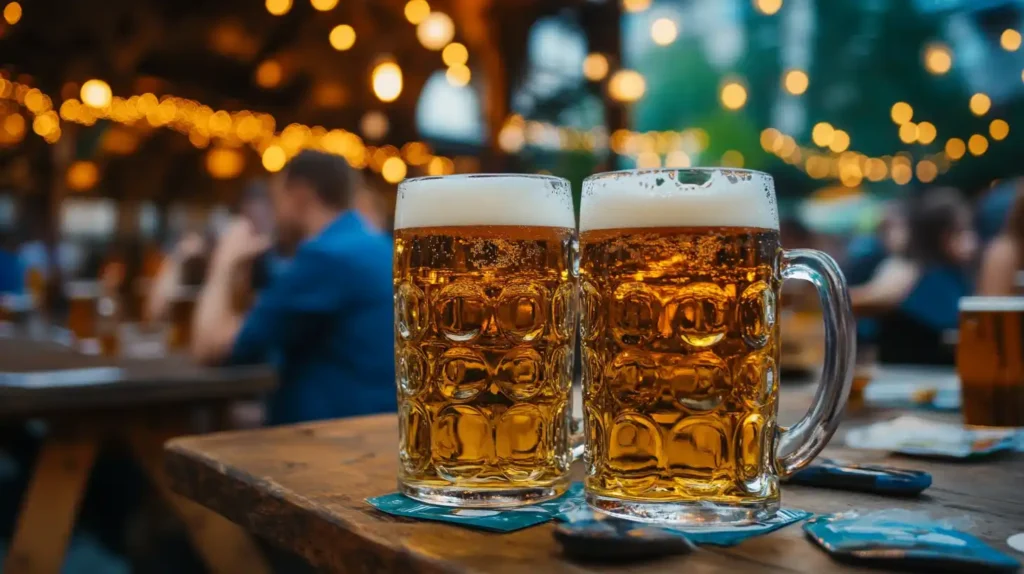
At Oktoberfest, the glassware is just as important as the beer. The festival is known for its iconic one-liter glass mugs, or Masskrugs, which have become synonymous with Bavarian beer culture. The right glassware enhances not only the visual appeal of the beer but also its flavor and aroma, making it an essential part of the Oktoberfest experience.
Traditional Glassware Used at Oktoberfest
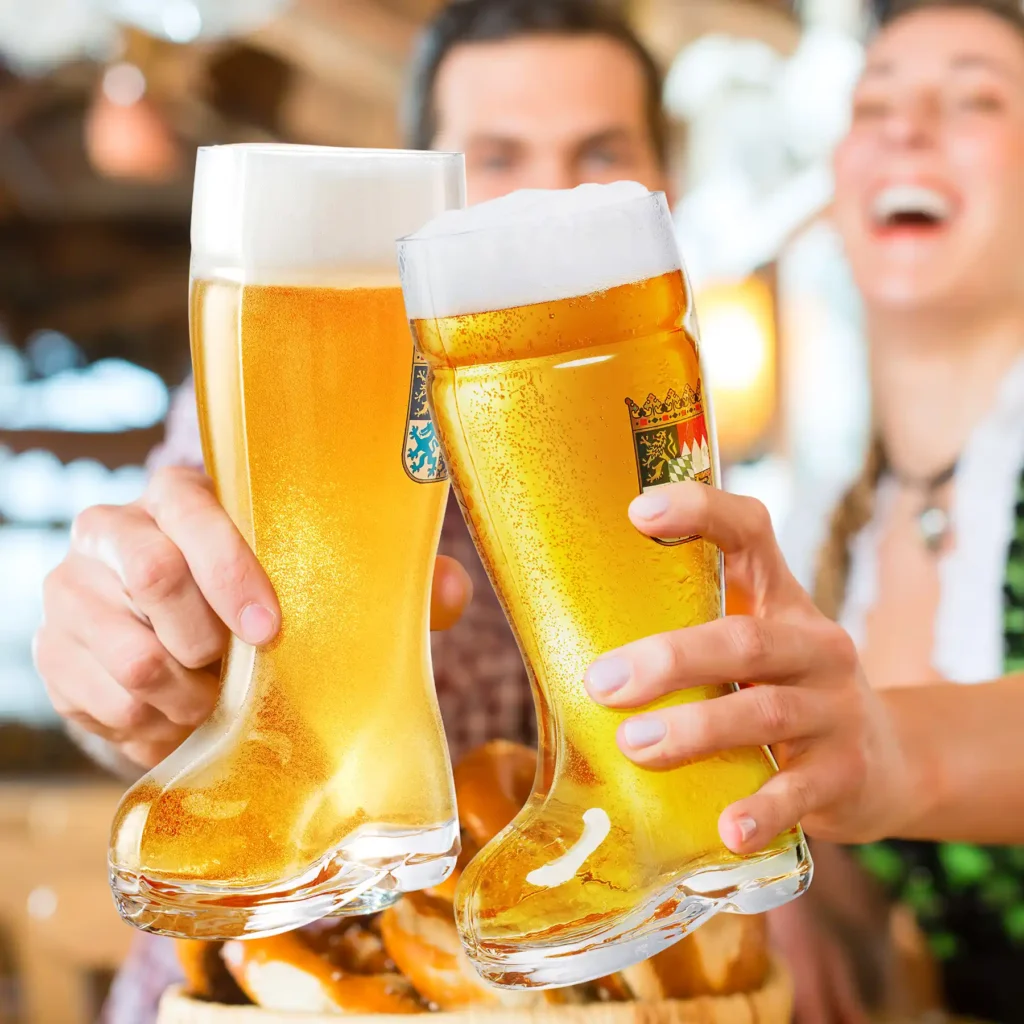
- The Masskrug (One-Liter Mug)
The Masskrug is the most recognizable piece of glassware at Oktoberfest. Made from heavy-duty glass, it holds a full liter of beer and is designed for durability, as it must withstand the festival’s lively atmosphere. The thick glass walls help keep the beer cold, while the large handle makes it easy to raise in a toast. Every year, attendees raise their Masskrugs in unison while singing traditional drinking songs like “Ein Prosit.” - The Beer Boot (Bierstiefel)
While the Bierstiefel, or Beer Boot, is not a common sight in the Oktoberfest beer tents, it has become a popular novelty for those looking to add an extra challenge to their beer-drinking experience. Steeped in German military folklore, the boot-shaped glass is now a symbol of fun at parties and celebrations. The key to drinking from a Beer Boot is to rotate the glass while drinking, preventing the air bubble from splashing beer onto the drinker. If you want to dive deeper into the fascinating history of the Beer Boot and its unique drinking traditions, check out our full article on the history of Beer Boots, and bring this fun tradition home with your very own Beer Boot glass. - Steins (Krüge)
While the large glass Masskrug is most commonly used at Oktoberfest, the festival also has a long history of using steins (Krüge), traditionally made from stoneware, pewter, or ceramic. These mugs were often elaborately decorated and featured hinged pewter lids to keep out insects and debris. Although not widely used at modern Oktoberfest, steins remain an important part of Bavarian drinking culture and make excellent souvenirs or gifts.
Glassware Can Enhance Your Own Oktoberfest Event Too
Glassware plays a crucial role in how beer is experienced. The thick glass of a Masskrug helps insulate the beer, keeping it cold longer, while the clear glass showcases the vibrant amber hue of the Märzen or the light gold of a Festbier. The wide opening of the glass also allows drinkers to enjoy the full aroma of the beer, enhancing the sensory experience.
For those hosting their own Oktoberfest celebrations, using authentic glassware like our more manageable 19oz Masskrug or a Beer Boot brings an added layer of tradition and authenticity to the event. Not only does it elevate the overall experience, but it also connects you to the centuries-old traditions of Oktoberfest.
The Beer Tents of Oktoberfest: A World of Flavor and Tradition
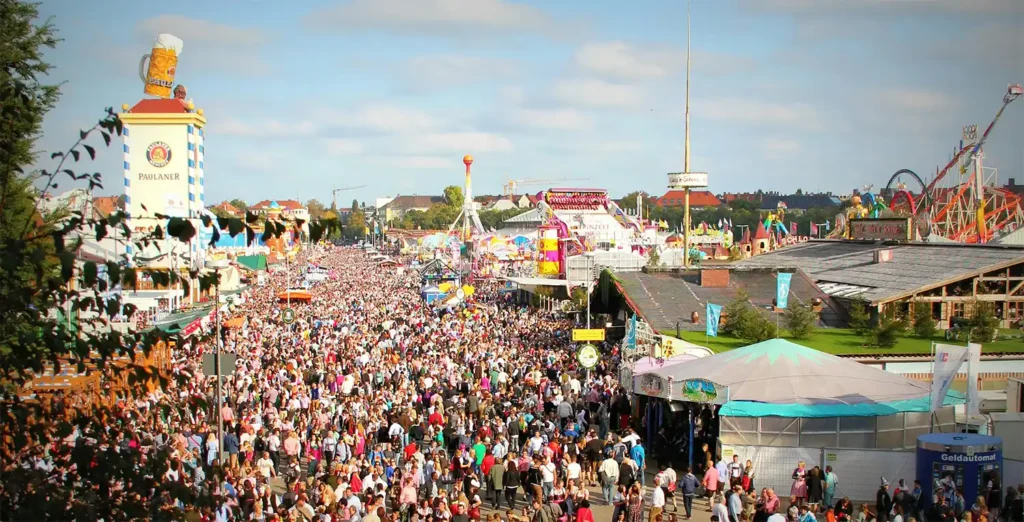
Oktoberfest wouldn’t be the same without its iconic beer tents, which are the heart of the festival. Each year, 14 large tents and around 20 smaller ones are erected on the Theresienwiese, offering attendees a wide range of atmospheres, from lively party scenes to more traditional Bavarian settings. These tents aren’t just about beer—they’re about community, music, and celebration, each offering a unique take on Bavarian hospitality.
The Large Beer Tents: A Showcase of Munich Breweries
The large tents are where the main action happens, with each tent affiliated with one of Munich’s six major breweries—Paulaner, Spaten, Löwenbräu, Hofbräu, Hacker-Pschorr, and Augustiner. Each of these breweries serves its own version of Oktoberfest beer, typically a Märzen or Festbier, brewed specially for the occasion. Here are some highlights of the most famous tents:
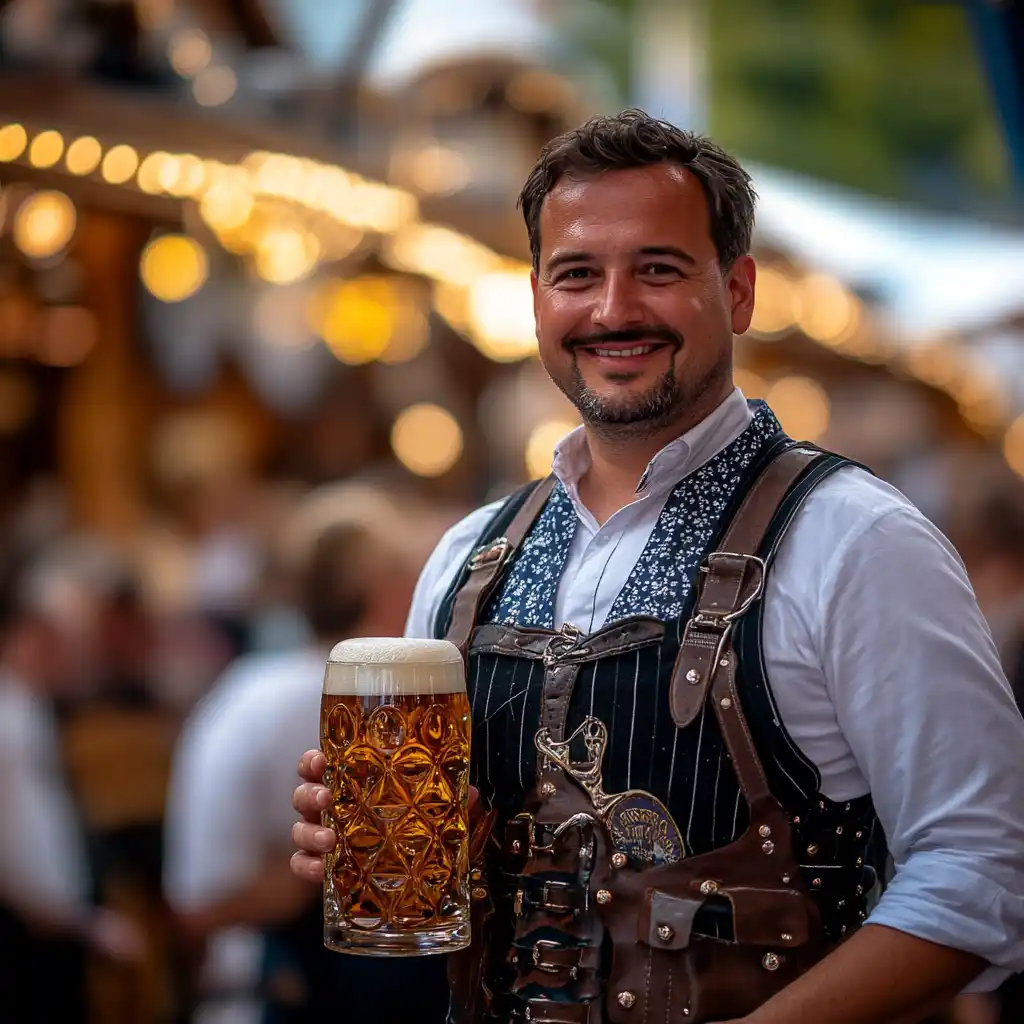
- Schottenhamel
One of the oldest and most important tents, Schottenhamel is where the festival officially begins each year with the ceremonial tapping of the first keg. It’s known for its lively, youthful crowd and historic significance. - Hofbräu-Festzelt
As one of the largest and most famous tents, Hofbräu-Festzelt attracts international visitors and is known for its high-energy atmosphere. It’s one of the few tents where standing on tables and dancing is practically encouraged! - Augustiner-Festhalle
For a more traditional experience, the Augustiner tent serves beer from wooden barrels, and it’s a favorite among locals for its authentic Bavarian vibe. - Hacker-Pschorr Himmel der Bayern
Translated as “Heaven of the Bavarians,” this tent is a tribute to traditional Bavarian culture, with its ceiling designed to look like a sky full of stars. It’s known for its lively Blasmusik brass bands.
The Smaller Tents: Intimate and Unique Experiences
While the large tents get most of the attention, the smaller beer tents offer more intimate settings and unique culinary experiences. For example:
- Fischer Vroni specializes in fish dishes, particularly grilled fish on a stick (Steckerlfisch), alongside its beer offerings.
- Weinzelt is the go-to tent for wine lovers, offering a variety of wines and champagne, along with traditional Bavarian dishes.
These smaller tents provide a more relaxed atmosphere, making them great for families or anyone looking to escape the bustling crowds.
The Atmosphere Inside the Tents
Each beer tent has its own distinctive character, shaped by the type of music, food, and overall crowd. Traditional Bavarian folk music often gives way to more modern hits as the day progresses, and by evening, most tents are filled with revelers raising their Masskrugs in toasts and singing along to iconic Oktoberfest songs. Whether you’re in a large tent or a smaller one, the sense of community and celebration is at the heart of the experience.
Oktoberfest Beers: The Classic Märzen
At the heart of Oktoberfest is the famous Märzen beer, a malty, amber-hued lager that is traditionally brewed in March and stored over the summer to be enjoyed during the fall harvest. Märzen is known for its slightly higher alcohol content, smooth finish, and perfect balance of malt sweetness and mild bitterness. This rich, toasty flavor makes Märzen the quintessential Oktoberfest beer, complementing the hearty Bavarian dishes served at the festival.
Several Munich-based breweries produce authentic Oktoberfest Märzen, with the following being the most celebrated:
Paulaner Oktoberfest Märzen
A beer known for its caramel notes and smooth, full-bodied flavor.
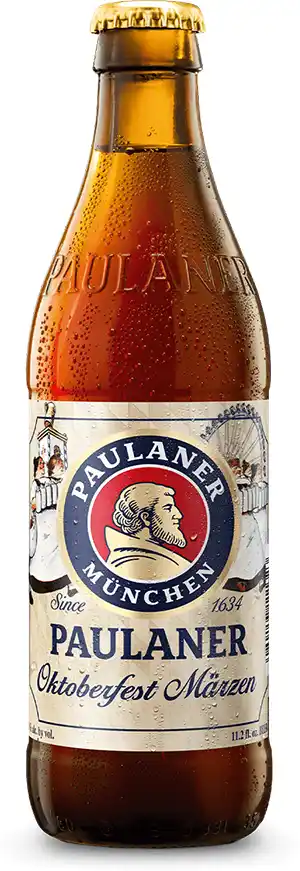
Hacker-Pschorr Oktoberfest Märzen
This amber beer offers a rich malt character, balanced by light hops.
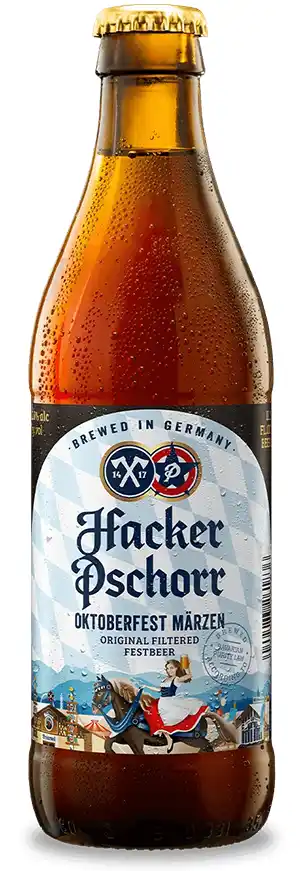
Weihenstephaner Festbier
Crisp and floral, this beer has a lighter profile than Märzen but remains refreshing and flavorful.
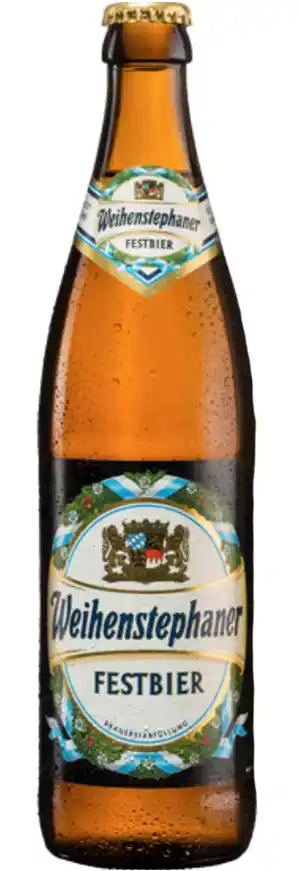
Spaten Oktoberfest Ur-Märzen
One of the original Oktoberfest beers, Spaten offers a malty, slightly sweet flavor.
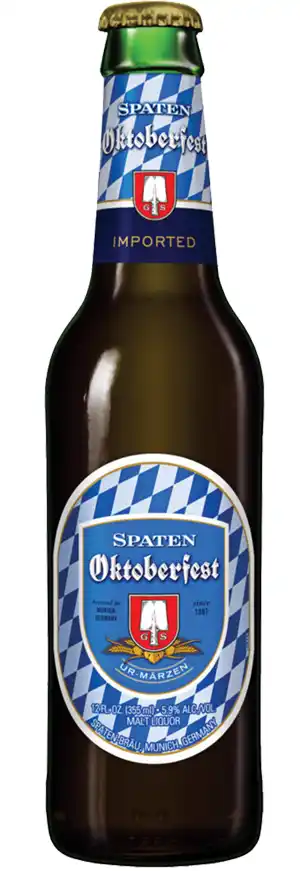
Ayinger Oktoberfest Märzen
A highly regarded beer with caramel, toffee, and toasted bread flavors.
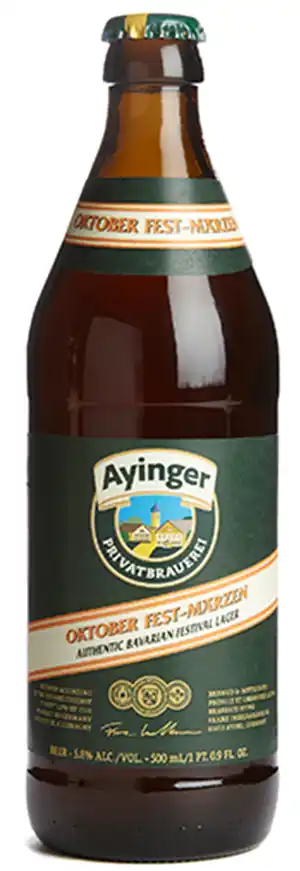
Each of these beers provides an authentic Oktoberfest experience. If you are lucky enough to find one on draft, bring it home in our pressurized growlers, which keep your favorite brews fresh and carbonated for weeks.
Brewing Your Own Märzen at Home
For those looking to create a piece of Oktoberfest in their own home, brewing your own Märzen is an enjoyable and rewarding experience. With its malt-forward profile, Märzen is a great entry point for homebrewers interested in crafting a traditional German lager. Below, you’ll find a video and recipe to help guide you through the process.
Here Is A Märzen Homebrew Recipe To Enjoy
- Grain Bill:
- 6 lbs Pilsner malt
- 4 lbs Munich malt
- 1 lb Vienna malt
- Hops:
- 1 oz Hallertau (60 minutes)
- 0.5 oz Saaz (30 minutes)
- 0.5 oz Saaz (15 minutes)
- Yeast: German Lager yeast (WLP830 or similar)
- Mash: 154°F for 60 minutes
- Boil: 90 minutes
- Fermentation: 50°F for 3 weeks, then lager at 35°F for 4-6 weeks
Brewing a Märzen at home will give you a true taste of Oktoberfest. Its rich, malty character and smooth drinkability make it a perfect companion to Bavarian meals and celebrations. Once brewed, enjoy it in your own traditional Oktoberfest glass to fully capture the festival spirits.
Taking Oktoberfest Beer Home: The Perfect Growler
One of the best ways to bring the Oktoberfest experience home is by filling a growler with your favorite Märzen from a local brewery. Whether you’re enjoying a Paulaner or a Hacker-Pschorr, keeping your beer fresh is crucial to maintaining the authentic Oktoberfest flavor. Our Craft Master CO2® Pressurized Growler is designed for this very purpose.
Crafted from premium stainless steel and equipped with a patented CO2 pressurization system, our growler ensures your beer stays fresh and carbonated for weeks, just as if it were poured fresh from the tap. Whether you’re hosting a small Oktoberfest party or simply enjoying a personal stash of Märzen, this growler guarantees the best drinking experience.
With the addition of our exclusive Keg Cap you can even plug our growler right into your home kegerator system and enjoy local craft brew on tap, 1 gallon at a time!
The Foods of Oktoberfest: A Taste of Bavaria
No Oktoberfest celebration is complete without the rich, hearty foods that pair perfectly with the festival’s signature beers. Bavarian cuisine is known for its simplicity, robust flavors, and satisfying portions, making it the ideal accompaniment to Märzen beers and other Oktoberfest brews.
Traditional Oktoberfest Dishes
- Bratwurst
Bratwurst is a staple of Oktoberfest, served either on its own with mustard or inside a crusty bread roll. The savory, spiced pork sausages are grilled to perfection and pair beautifully with a cold Märzen or Festbier. – Bratwurst Recipe from Craft Beering - Pretzels (Brezn)
Giant, soft pretzels are one of the most iconic foods at Oktoberfest. These salty, doughy treats are perfect for soaking up beer, and they’re often served with mustard or Obatzda (a Bavarian cheese spread made with butter, cheese, and paprika). – Oktoberfest Pretzel Recipe - Roast Chicken (Hendl)
Oktoberfest’s roasted chicken is a fan favorite, offering crispy skin and juicy, flavorful meat. A half or whole roasted chicken is often served as a meal and pairs beautifully with the malty, slightly sweet flavors of a Märzen. – Oktoberfest Hendl (Roast Chicken) Recipe - Pork Knuckle (Schweinshaxe)
Pork knuckle is another Oktoberfest classic, offering a crispy exterior and tender, succulent meat. This dish is hearty and filling, often served with sauerkraut or potato dumplings, making it the perfect match for a strong Oktoberfest beer. – Oktoberfest Pork Knuckle Recipe - Sauerkraut
A tangy, fermented cabbage dish, sauerkraut is often served as a side with bratwurst or pork knuckle. Its sharp flavor contrasts well with the malty sweetness of Märzen and other Oktoberfest beers. – Bavarian Sauerkraut Recipe - Potato Dumplings (Kartoffelknödel)
These hearty potato dumplings are a Bavarian comfort food, often served alongside meats like pork knuckle or roast beef. Their dense, satisfying texture pairs well with Oktoberfest beers, especially when paired with gravy or a rich sauce. – Oktoberfest Potato Dumpling Recipe
Food and Beer Pairings
The hearty, savory nature of Oktoberfest food complements the malty and full-bodied beers served at the festival. Märzen beer, with its toasty, caramel-like flavors, pairs exceptionally well with roasted meats and savory dishes like bratwurst and pork knuckle. For lighter dishes like pretzels and sauerkraut, a crisp Festbier or Helles can provide a refreshing contrast.
For readers who are hosting their own Oktoberfest party, serving these traditional Bavarian dishes alongside Oktoberfest beers creates a well-rounded, authentic celebration. And just like the beers of Oktoberfest, these foods can be enjoyed with the right drinkware.
Oktoberfest Beyond Munich
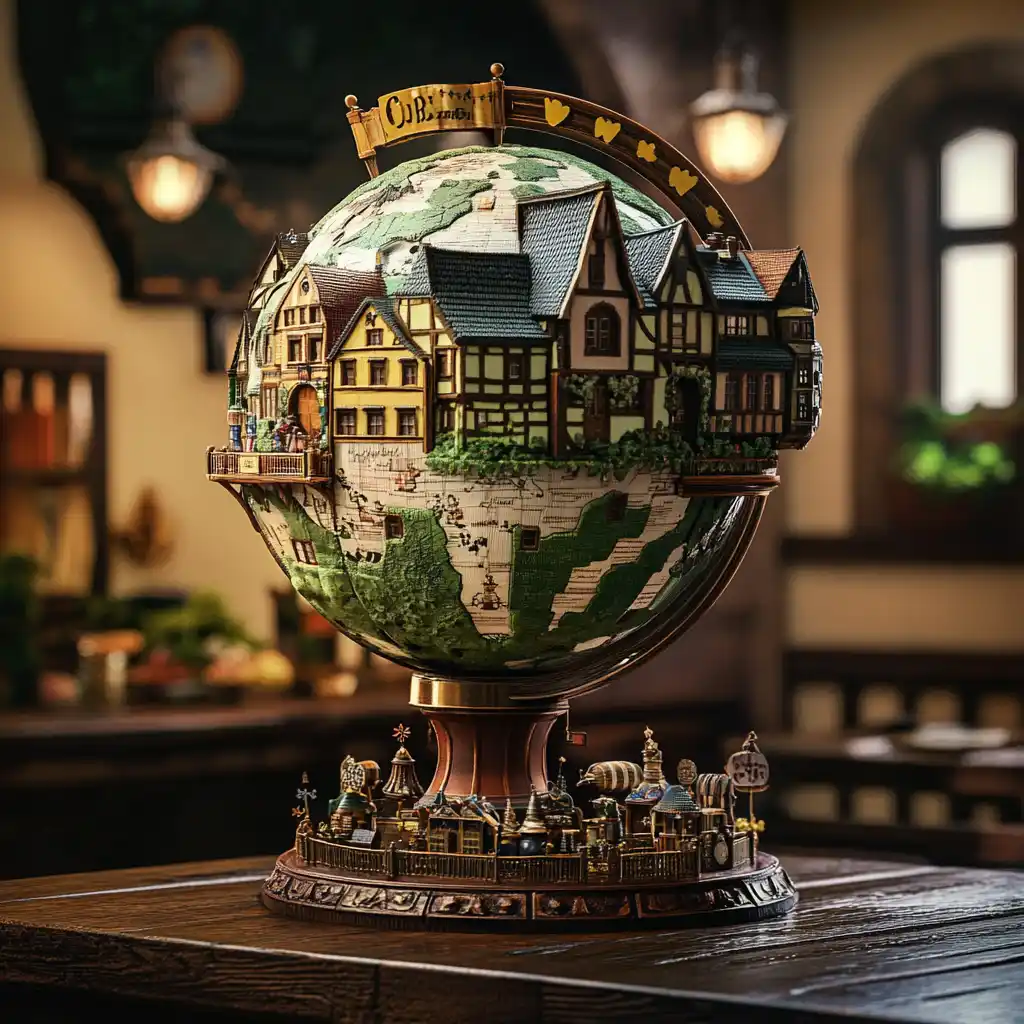
While the original Oktoberfest takes place in Munich, the festival has inspired celebrations worldwide, from the United States to Brazil, Australia, and Japan. In the U.S., cities like Cincinnati, Ohio, and La Crosse, Wisconsin, host large Oktoberfest events that replicate the Bavarian traditions of beer, food, and music.
Local breweries often release their own Oktoberfest Märzen or Festbier, providing beer lovers an opportunity to enjoy the festival from the comfort of home. Hosting your own Oktoberfest celebration has never been easier, especially with the right supplies—traditional beer mugs, steins, and a growler filled with your favorite beer.
To learn more about the official Oktoberfest in Munich, visit the official Oktoberfest website.
Celebrate Oktoberfest at Home
Oktoberfest is more than just a beer festival—it’s a celebration of Bavarian culture, tradition, and community. Whether you’re attending the event in Munich or hosting your own Oktoberfest party at home, the spirit of the festival can be felt anywhere.
From iconic beers and authentic food to traditional mugs and growlers, Oktoberfest is an event that brings people together. With the help of our pressurized growler and authentic drinkware, you can recreate the magic of Oktoberfest in your own home, ensuring that your beers stay fresh and your celebration is unforgettable.
